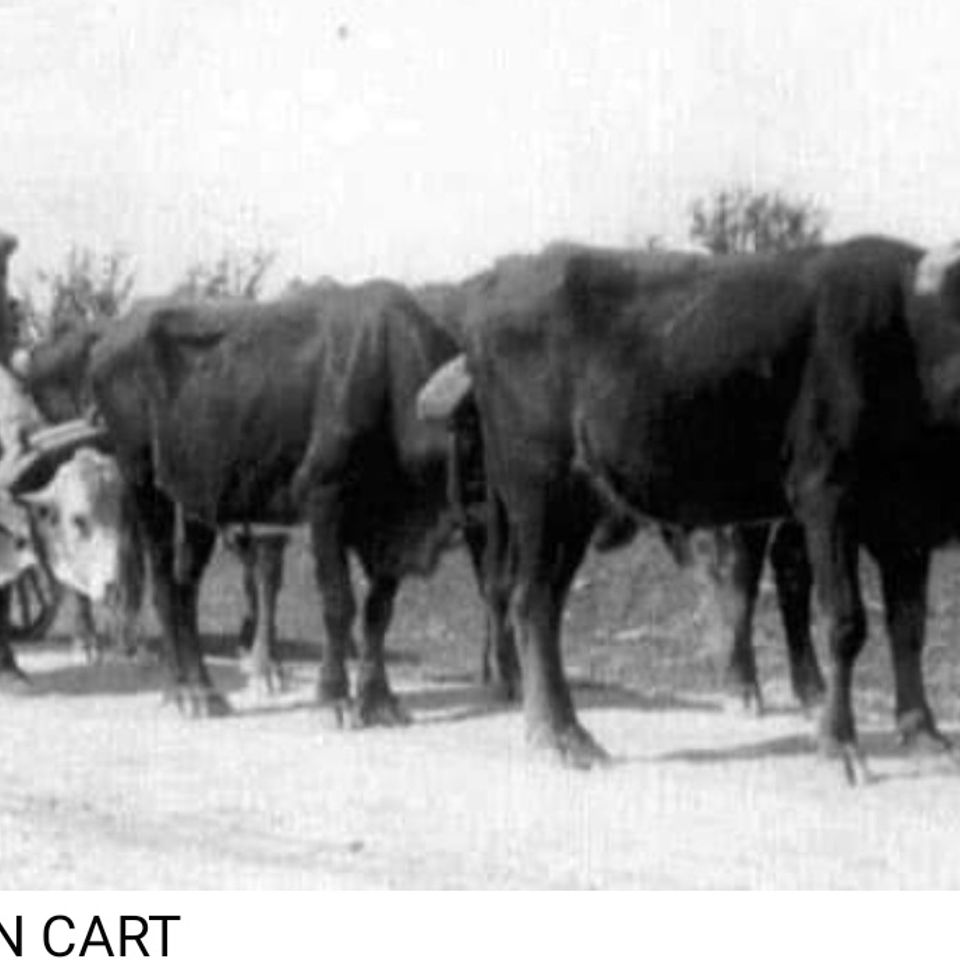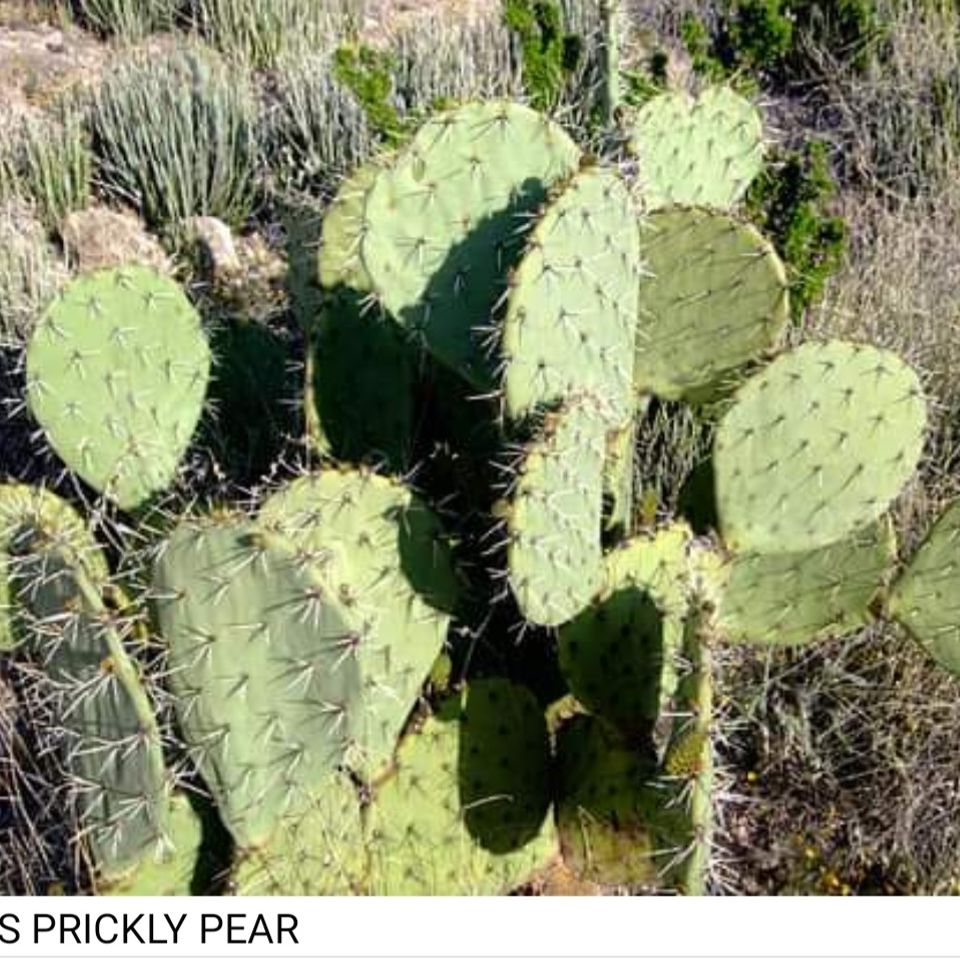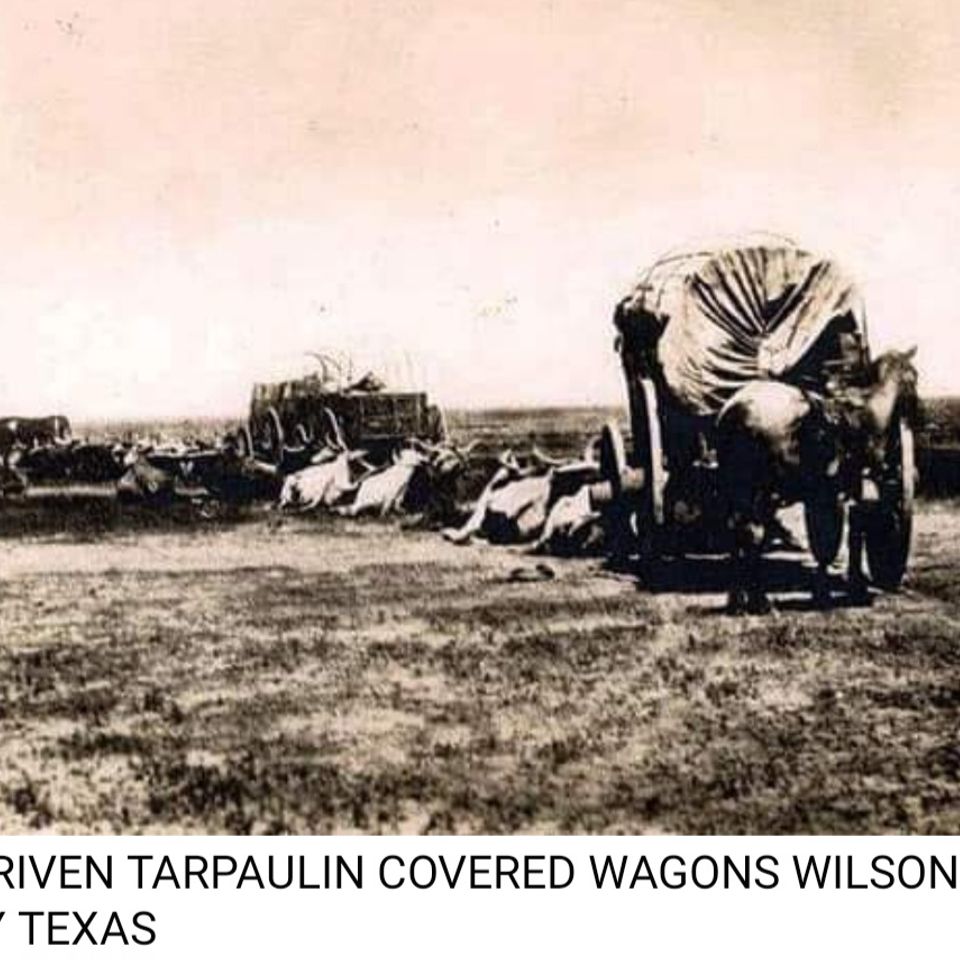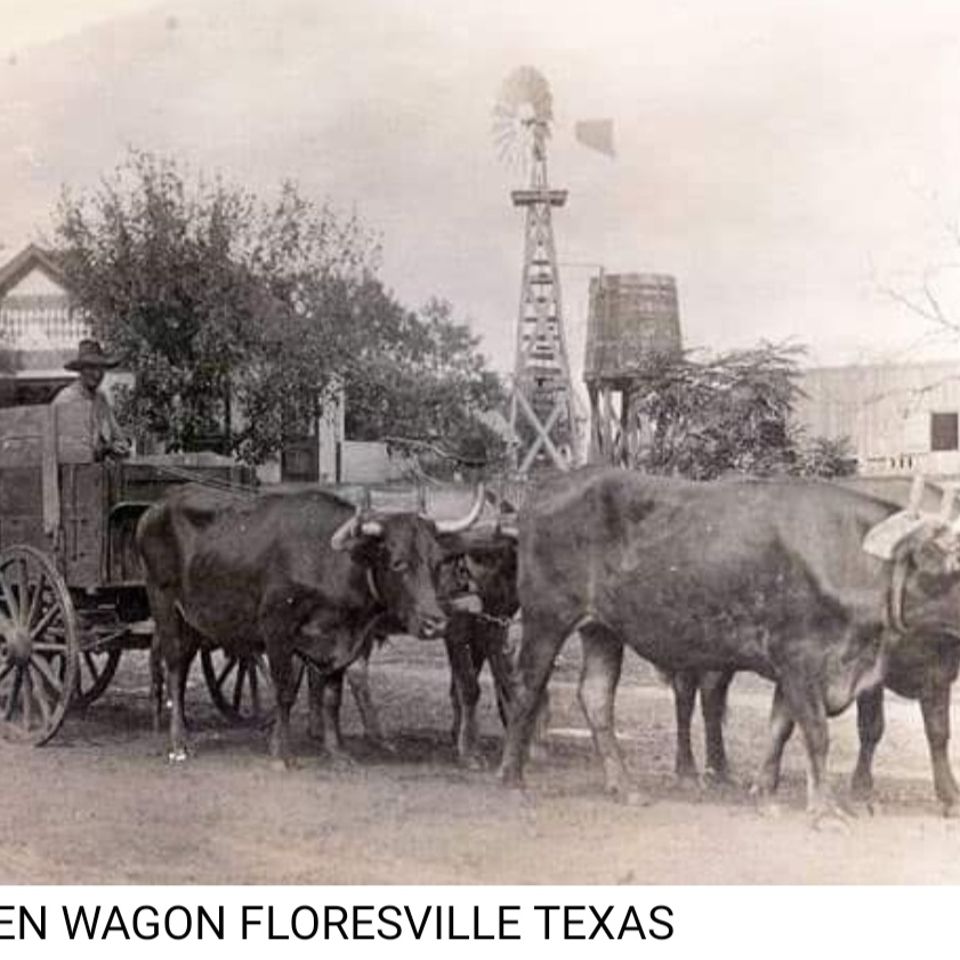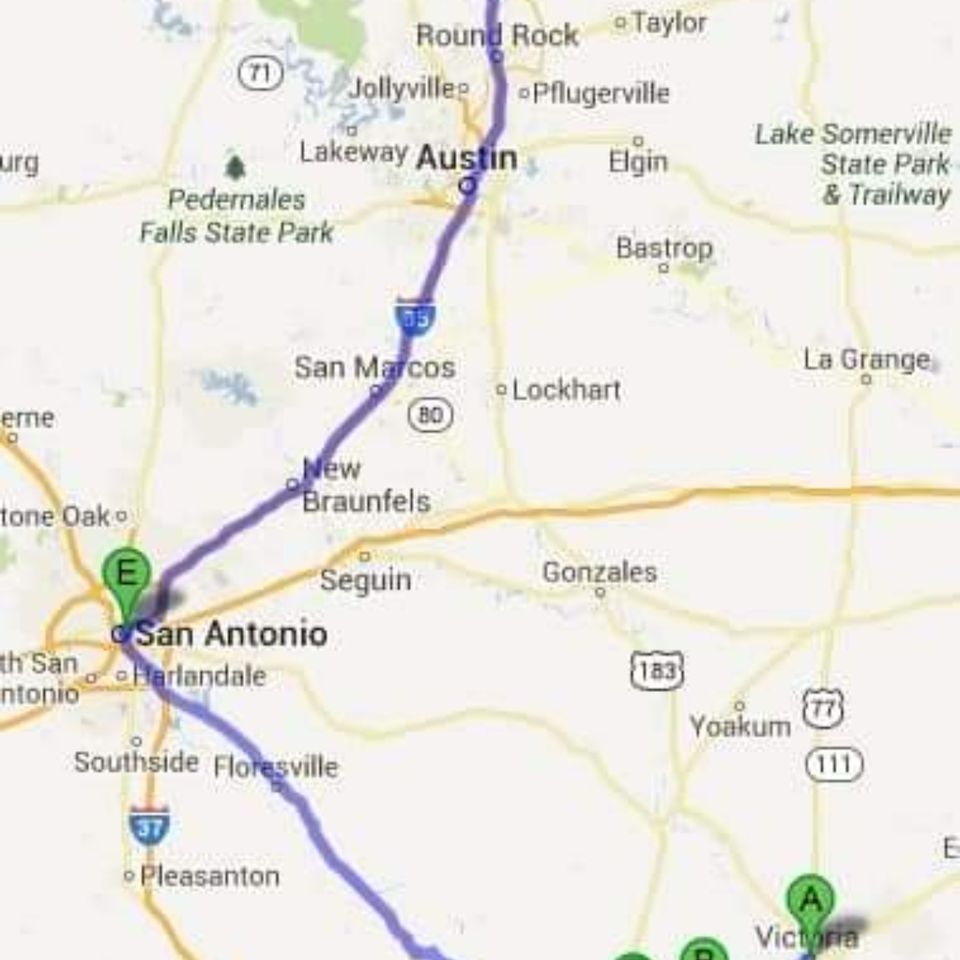by Barbara J. Wood
LA BAHIA ROAD
Freighting on the Alamo – La Bahia Road
HISTORIC MOMENTS IN WILSON COUNTY, TEXAS
PART I
The Alamo – La Bahia Road is one of the earliest roads in Texas. It more or less bisects Wilson County from the northwest to the southeast, going from the Graytown area passing through Lodi and crossing the Cibolo Creek at Carvajal Crossing near the Karnes County Line. The road was
developed by the Spanish Government as a military road connecting the two presidios, the Alamo and La Bahia.
Through time the road has been called by several different names. During the freighting days it was known as the Cart Trail. Parts of this road became an integral part of a freight route delivering goods between San Antonio and Indianola Bay. Just recently it has been designated as part of the Camino Real de las Tejas National Trail by the United States Congress to be managed by the National Park Systems.
The road moved traffic and commerce including many immigrants from 1850's to the 1880's. Boat loads of goods were arriving on ships from Europe into the Ports of Indianola and Port LaVaca including many new immigrants needing transportation to San Antonio.
Primarily two types of vehicles were used to transport material and individuals. The first freighters were Mexicans who used two wheeled carts or carretas pulled by oxen. Later large four-wheel wagons drawn by mule teams, and operated by Anglo Americans were in competition with these carts.
The carts were generally owned and operated by individual families. Generally all members of the family would travel along the trail by either walking behind or riding on the cart. They camped and lived along the route. The carts would travel an average about ten miles per day.
These ox-carts were large handmade vehicles constructed of locally available material mostly wood and rawhide. The wood was mostly from cottonwood trees fastened together with wood pins or thongs of rawhide. The axles were made from either live oak or pecan trees. A cart had only two wheels, each about seven feet in diameter, twenty inches thick at the center and ten inches at the outer diameter. This wood assembly was held together by four large pins, three by five inches square. The wheels were set on the axle about seven feet apart. As the wheels wore on the axle, it would create a screeching noise. As a lubricant, prickly pear leaves would be shoved in between the axle and the wheel. The bed for the cart was a box about six feet wide and fifteen feet long made of heavy timbers and secured to the axle with wooden pins and rawhide thongs. The bed of this box was created with cowhide. These carts were of a lighter build than a wagon and would normally be drawn by three yoke of oxen and travel in groups of up to thirty vehicles.
The competitive freighting vehicle along the cart trail was a four wheeled wagon. The wagons were usually owned by a private business and operated by Anglo Americans from other parts of the United States or recent European immigrants. The freighting wagons were much heavier than the carts and constructed to withstand the riggers of traveling over rocky and mountainous roads in Western Texas as well as over the easier terrain in south Texas and eastern Mexico.
The rear wheels of these wagons were about six feet in diameter and had a steel tire about six inches wide and one inch thick on the outside diameter. The front wheels were about five feet in diameter with a steel tire. The axles were of steel. The wagon bed was twenty four feet long and four and one half feet wide. The sides were five and one half feet high with attached wagon bows over which tarpaulins were stretched to protect the freight. Each wagon was also fitted with a brake to control the wagon speed where going down inclines. The average load on the wagons would be about seven thousand pounds and drawn with ten mules. These wagons would operate in groups of six to twelve on the trail and usually take about eight days to travel the San Antonio – Indianola route.
[Compiled by Gene Maeckel from information in the Wilson County Historical Commission Archives. P. O. Box 101, Floresville, Texas, 78114 7/2010 www.wilsoncountyhistory.com]
PART I
The Alamo – La Bahia Road is one of the earliest roads in Texas. It more or less bisects Wilson County from the northwest to the southeast, going from the Graytown area passing through Lodi and crossing the Cibolo Creek at Carvajal Crossing near the Karnes County Line. The road was
developed by the Spanish Government as a military road connecting the two presidios, the Alamo and La Bahia.
Through time the road has been called by several different names. During the freighting days it was known as the Cart Trail. Parts of this road became an integral part of a freight route delivering goods between San Antonio and Indianola Bay. Just recently it has been designated as part of the Camino Real de las Tejas National Trail by the United States Congress to be managed by the National Park Systems.
The road moved traffic and commerce including many immigrants from 1850's to the 1880's. Boat loads of goods were arriving on ships from Europe into the Ports of Indianola and Port LaVaca including many new immigrants needing transportation to San Antonio.
Primarily two types of vehicles were used to transport material and individuals. The first freighters were Mexicans who used two wheeled carts or carretas pulled by oxen. Later large four-wheel wagons drawn by mule teams, and operated by Anglo Americans were in competition with these carts.
The carts were generally owned and operated by individual families. Generally all members of the family would travel along the trail by either walking behind or riding on the cart. They camped and lived along the route. The carts would travel an average about ten miles per day.
These ox-carts were large handmade vehicles constructed of locally available material mostly wood and rawhide. The wood was mostly from cottonwood trees fastened together with wood pins or thongs of rawhide. The axles were made from either live oak or pecan trees. A cart had only two wheels, each about seven feet in diameter, twenty inches thick at the center and ten inches at the outer diameter. This wood assembly was held together by four large pins, three by five inches square. The wheels were set on the axle about seven feet apart. As the wheels wore on the axle, it would create a screeching noise. As a lubricant, prickly pear leaves would be shoved in between the axle and the wheel. The bed for the cart was a box about six feet wide and fifteen feet long made of heavy timbers and secured to the axle with wooden pins and rawhide thongs. The bed of this box was created with cowhide. These carts were of a lighter build than a wagon and would normally be drawn by three yoke of oxen and travel in groups of up to thirty vehicles.
The competitive freighting vehicle along the cart trail was a four wheeled wagon. The wagons were usually owned by a private business and operated by Anglo Americans from other parts of the United States or recent European immigrants. The freighting wagons were much heavier than the carts and constructed to withstand the riggers of traveling over rocky and mountainous roads in Western Texas as well as over the easier terrain in south Texas and eastern Mexico.
The rear wheels of these wagons were about six feet in diameter and had a steel tire about six inches wide and one inch thick on the outside diameter. The front wheels were about five feet in diameter with a steel tire. The axles were of steel. The wagon bed was twenty four feet long and four and one half feet wide. The sides were five and one half feet high with attached wagon bows over which tarpaulins were stretched to protect the freight. Each wagon was also fitted with a brake to control the wagon speed where going down inclines. The average load on the wagons would be about seven thousand pounds and drawn with ten mules. These wagons would operate in groups of six to twelve on the trail and usually take about eight days to travel the San Antonio – Indianola route.
[Compiled by Gene Maeckel from information in the Wilson County Historical Commission Archives. P. O. Box 101, Floresville, Texas, 78114 7/2010 www.wilsoncountyhistory.com]

